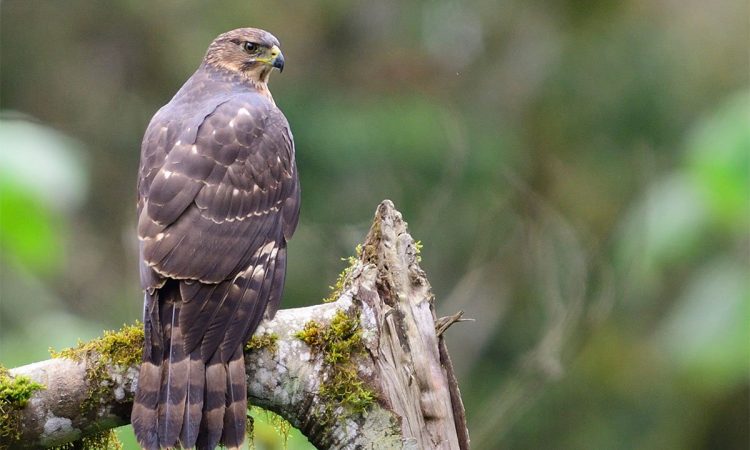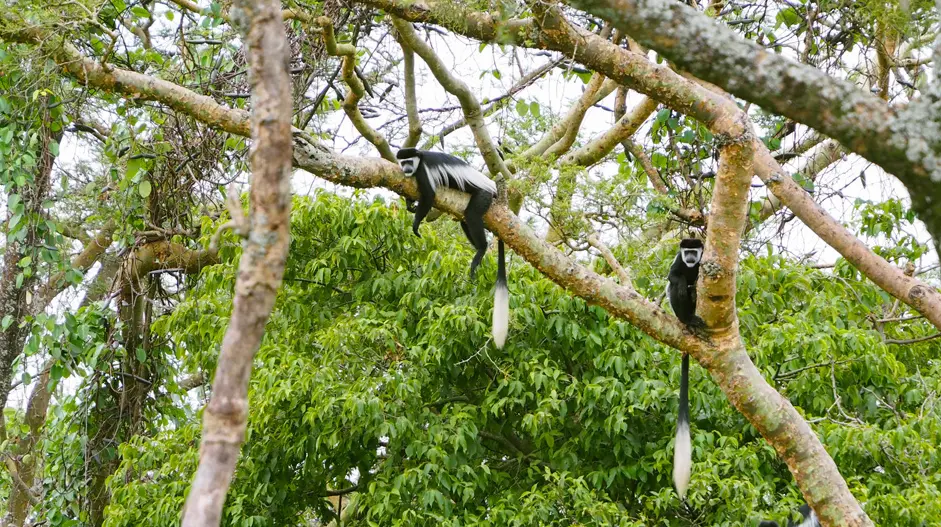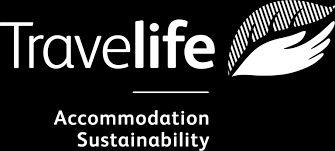Categories
- Accommodation
- Accommodation at Kibale Forest
- Budget accommodation at Kibale
- Budget accommodation in Uganda
- Budget Hotels in Entebbe
- Budget Murchison Falls Accommodation
- Bwindi Guides
- Bwindi National Park Guides
- Entebbe Hotels
- Exclusive Lodges In Murchison Falls National Park
- Exclusive Lodges in Queen Elizabeth National Park
- High End Accommodation At Kibale
- Kibale
- Luxury accommodation at Kibale
- Luxury Accommodation in Queen Elizabeth National Park
- Luxury Hotels In Entebbe
- Luxury Murchison Falls Accommodation
- Midrange accommodation at Kibale
- Midrange Hotels In Entebbe
- Midrange Murchison Falls Accommodation
- Murchison Falls Guides
- Murchison Falls Lodges
- News
- Popular
- Queen Elizabeth Guide
- Queen Elizabeth National Park Accommodation
- Semi-Luxury Entebbe Hotels
- Travel Guide
- Uganda Honeymoon Lodges
- Uncategorized
Semuliki National Park

Semliki National Park is located one of Uganda’s more remote wilderness regions, unspoilt by mass tourism and considered by many (especially avid birders) to be one of the country’s best-kept safari secrets.
The park protects the far end of Congo’s huge Ituri Forest, which stretches all the way to the Congo River. This makes Semuliki the only real lowland tropical rainforest in East Africa. The park is full of tall ironwood trees, palm groves, vines, and green ferns.
There are also wide papyrus swamps, the famous Sempaya Hot Springs, and beautiful views of the snow-capped Rwenzori Mountains. While animals like elephants, buffaloes, and leopards live here, Semuliki is best known for birdwatching.
More than 435 bird species have been recorded, including rare ones not found anywhere else in East Africa.
Bird lovers often come here to see special species such as the Congo serpent eagle, black-wattled hornbill, and the hard-to-spot lyre-tailed honeyguide. Semuliki National Park is wild, quiet, and full of life. It is the perfect place for travelers who want to explore Uganda’s natural beauty away from the crowds.



Reasons To Visit Semuliki National Park
- Little visited and very undiscovered in feel
- East Africa’s only stronghold for lowland bongo and 12 other forest mammals
- Exceptional birdlife includes 35 species found nowhere else in East Africa
- Accessible from the town of Fort Portal on a good and very scenic surfaced road
- A great add-on to a stay at Toro-Semliki Wildlife Reserve, Bigodi Wetland, Kibale National Park and Queen Elizabeth National Park.
The Sempaya Hotsprings
The Sempaya Hot Springs are the most famous attraction in Semuliki National Park. They are reached by a short wooden boardwalk that winds through beautiful forest, making the journey almost as exciting as the destination.
There are two main springs, each with a local legend. The “male spring,” Bitende, is a quiet, round pool about 12 meters wide. The “female spring,” Nyasimbi, is much more dramatic, shooting hot water and steam high into the air. The local Bamaga people believe their male ancestors live beneath Bitende, while their female ancestors live beneath Nyasimbi. Every year, rituals are performed here to honor and please these spirits.
The boiling water is hot enough to cook food, and visitors are often invited to join in this fun tradition—eggs or bananas placed in the bubbling spring are ready to eat in minutes.
Around the springs, mineral-rich swamps draw in forest animals looking for natural salts, adding another layer of life to this magical place. More than just a natural wonder, the Sempaya Hot Springs are a mix of science, culture, and legend—an unforgettable highlight of any visit to Semuliki.
Wildlife In Semuliki National Park
Semuliki National Park is a paradise for birdwatchers and wildlife lovers. The park boasts an incredible 435 bird species, including 35 rare Congo–Guinea forest species that cannot be found anywhere else in East Africa.
This makes it one of the most rewarding birding spots on the continent. The forest is also alive with primates. Out of the eight diurnal (day-active) species, visitors are most likely to spot the playful red-tailed monkeys, the striking black-and-white colobus, and the noisy grey-cheeked mangabey swinging through the trees.
Larger mammals are shy and harder to see, but they make Semuliki even more special. The park is home to forest elephants, forest buffalo, hippos, the elusive lowland bongo antelope (found only here in East Africa), as well as the secretive sitatunga and water chevrotain that lurk in swampy areas.
Semuliki National Park Scenery
The journey to Semuliki National Park is an adventure in itself. The road from Fort Portal descends dramatically along the foothills of the Rwenzori Mountains, offering some of the most breathtaking views in all of Uganda.
Rolling hills, misty valleys, and glimpses of snow-capped peaks create a truly unforgettable drive. Inside the park, the landscape changes to a lush, jungle-like world of lowland tropical rainforest—thick, green, and full of mystery. Towering trees, tangled vines, and deep forest shadows give Semuliki a unique and atmospheric beauty found nowhere else in East Africa. One of the highlights is the palm-fringed Sempaya Hot Springs.
Activities in Semuliki National Park
Exploring Semuliki National Park is all about immersing yourself in its wild rainforest and unique natural wonders. The most popular activity is the guided forest walk to the Sempaya Hot Springs.
This easy, short hike takes you along a wooden boardwalk through beautiful forest, with plenty of chances to spot monkeys and colorful birds before reaching the dramatic hot springs.
For those who love birding, the Kirumia River Trail is a real highlight. This 15km (9mi) route follows the river through thick forest, oxbow lakes, and swampy clearings, offering some of the best birdwatching in Uganda. The first 4 kilometers (2.5 miles) can be enjoyed as a half-day walk, but completing the full trail requires overnight camping—perfect for adventurous travelers who want to experience the forest at its wildest.
Whether you choose a gentle walk or a multi-day trek, the activities in Semuliki give you a chance to see the park’s rich birdlife, playful primates, and stunning rainforest scenery up close.
Semuliki National Park Weather
Semuliki National Park has a true equatorial rainforest climate.
Because it sits at low altitude and close to the equator, the park is hot and humid all year round, with daily temperatures often ranging between 25–30°C (77–86°F).
Rain can fall at any time, keeping the forest lush and green, though showers are usually short and refreshing rather than all-day downpours. The driest months are January and February, when the trails are easier to walk and wildlife viewing is most comfortable.
Best Time to Visit Semuliki
You can visit Semuliki National Park at any time of the year, but the dry seasons are the best for wildlife viewing and forest walks. These run from December to February and June to August.
During these months, the trails are less muddy, making it easier to explore the rainforest and spot animals and birds. The months that follow the dry seasons—March and September—are also excellent.
The forest is still fairly dry, but greener and full of activity after the short rains.
While rain is possible at any time in this equatorial rainforest, visiting in the drier months gives you the best mix of comfort and great wildlife experiences.
How To Get to Semuliki National Park
The main entrance to Semuliki National Park is at Sempaya, located about 60km (37mi) from Fort Portal.
The drive follows a scenic, surfaced road that winds along the foothills of the Rwenzori Mountains and usually takes under 1.5 hours. Because Fort Portal is also the gateway town to Kibale National Park, it’s easy to combine Semuliki with a chimp trekking adventure there. Another excellent base is Semliki Safari Lodge in the nearby Toro-Semliki Wildlife Reserve, from where it’s also about a 90-minute drive to Sempaya.
Please note: Driving times are only approximate. Road conditions and unexpected delays can add to your journey, so it’s best to plan with some flexibility.
Our Trusted Partners





